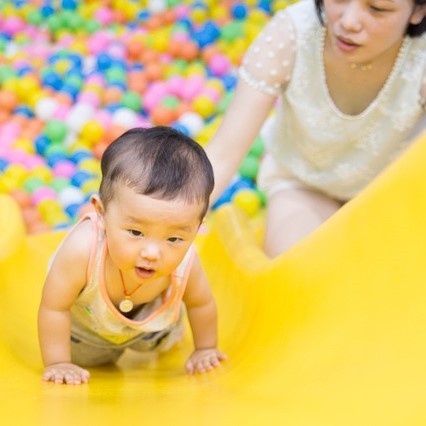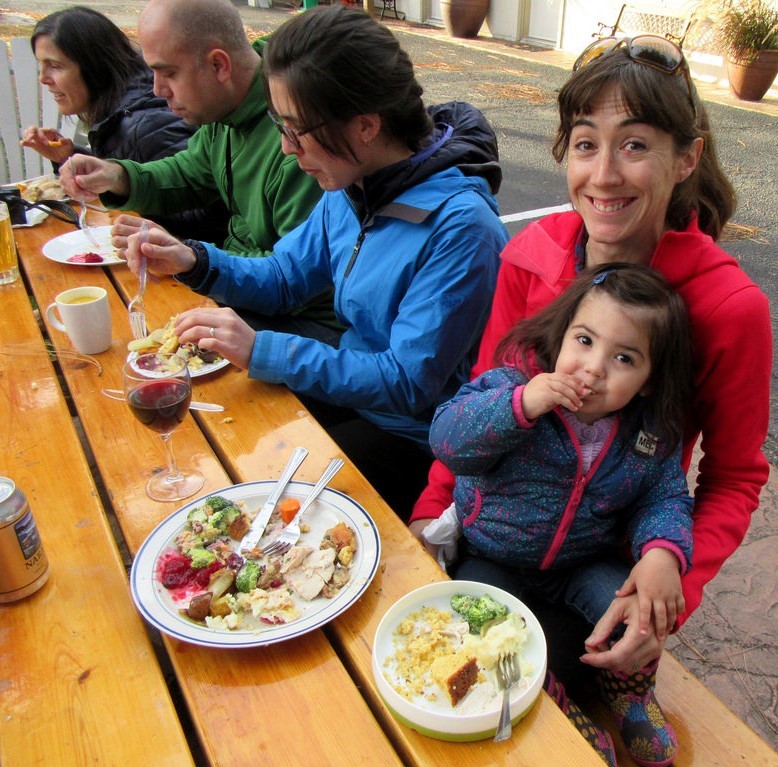40 Attachment Through the Life Course
Original chapter by R. Chris Fraley adapted by the Queen’s University Psychology Department
This Open Access chapter was originally written for the NOBA project. Information on the NOBA project can be found below.
The purpose of this module is to provide a brief review of attachment theory—a theory designed to explain the significance of the close, emotional bonds that children develop with their caregivers and the implications of those bonds for understanding personality development. The module discusses the origins of the theory, research on individual differences in attachment security in infancy and childhood, and the role of attachment in adult relationships.
Bowlby, J. (1969). Attachment and loss: Vol. 1. Attachment. New York, NY: Basic Books
Harlow, H. F. (1958). The nature of love. American Psychologist, 13, 673–685.
Someone who functions as the primary safe haven and secure base for an individual. In childhood, an individual’s attachment figure is often a parent. In adulthood, an individual’s attachment figure is often a romantic partner.
A motivational system selected over the course of evolution to maintain proximity between a young child and his or her primary attachment figure.
Behaviors and signals that attract the attention of a primary attachment figure and function to prevent separation from that individual or to reestablish proximity to that individual (e.g., crying, clinging).
A laboratory task that involves briefly separating and reuniting infants and their primary caregivers as a way of studying individual differences in attachment behavior.
Ainsworth, M. D. S., Blehar, M. C., Waters, E., & Wall, S. (1978). Patterns of attachment. Hillsdale, NJ: Erlbaum.
(also called “attachment styles” or “attachment orientations”) Individual differences in how securely (vs. insecurely) people think, feel, and behave in attachment relationships.
Grossmann, K., Grossmann, K. E., Spangler, G., Suess, G., & Unzner, L. (1985). Maternal sensitivity and newborns orientation responses as related to quality of attachment in northern Germany. Monographs of the Society for Research in Child Development, 50(1-2), 233–256.
van den Boom, D. C. (1994). The influence of temperament and mothering on attachment and exploration: An experimental manipulation of sensitive responsiveness among lower-class mothers with irritable infants. Child Development, 65, 1457–1477.
Weinfield, N. S., Sroufe, L. A., Egeland, B., Carlson, E. A. (2008). Individual differences in infant-caregiver attachment: Conceptual and empirical aspects of security. In J. Cassidy & P. R. Shaver (Eds.), Handbook of attachment: Theory, research, and clinical applications (2nd ed., pp. 78–101). New York, NY: Guilford Press.
Hazan, C., & Shaver, P. R. (1987). Romantic love conceptualized as an attachment process. Journal of Personality and Social Psychology, 52, 511-524.
Oldmeadow, J. A., Quinn, S., & Kowert, R. (2013). Attachment style, social skills, and Facebook use amongst adults. Computers in Human Behavior, 28, 1142–1149.
Chappell, K. D., & Davis, K. E. (1998). Attachment, partner choice, and perception of romantic partners: An experimental test of the attachment-security hypothesis. Personal Relationships, 5, 327–342.
Frazier, P. A, Byer, A. L., Fischer, A. R., Wright, D. M., & DeBord, K. A. (1996). Adult attachment style and partner choice: Correlational and experimental findings. Personal Relationships, 3, 117–136.
McClure, M. J., Lydon., J. E., Baccus, J., & Baldwin, M. W. (2010). A signal detection analysis of the anxiously attached at speed-dating: Being unpopular is only the first part of the problem. Personality and Social Psychology Bulletin, 36, 1024–1036.
Hudson, N. W., Fraley, R. C., Vicary, A. M., & Brumbaugh, C. C. (2012). Attachment coregulation: A longitudinal investigation of the coordination in romantic partners’ attachment styles. Manuscript under review.
Feeney, J. A., & Noller, P. (1992). Attachment style and romantic love: Relationship dissolution. Australian Journal of Psychology, 44, 69–74.
Collins, N., & Read, S. (1990). Adult attachment, working models and relationship quality in dating couples. Journal of Personality and Social Psychology, 58, 644-663.
Simpson, J. A., Rholes, W. S., & Nelligan, J. S. (1992). Support seeking and support giving within couples in an anxiety-provoking situation. Journal of Personality and Social Psychology, 62, 434–446.
Hazan, C., & Shaver, P. R. (1987). Romantic love conceptualized as an attachment process. Journal of Personality and Social Psychology, 52, 511-524.
Fraley, R. C., Roisman, G. I., Booth-LaForce, C., Owen, M. T., & Holland, A. S. (2013). Interpersonal and genetic origins of adult attachment styles: A longitudinal study from infancy to early adulthood. Journal of Personality and Social Psychology, 104, 8817-838.
Simpson, J. A., Collins, W. A., Tran, S., & Haydon, K. C. (2007). Attachment and the experience and expression of emotions in adult romantic relationships: A developmental perspective. Journal of Personality and Social Psychology, 92, 355–367.






